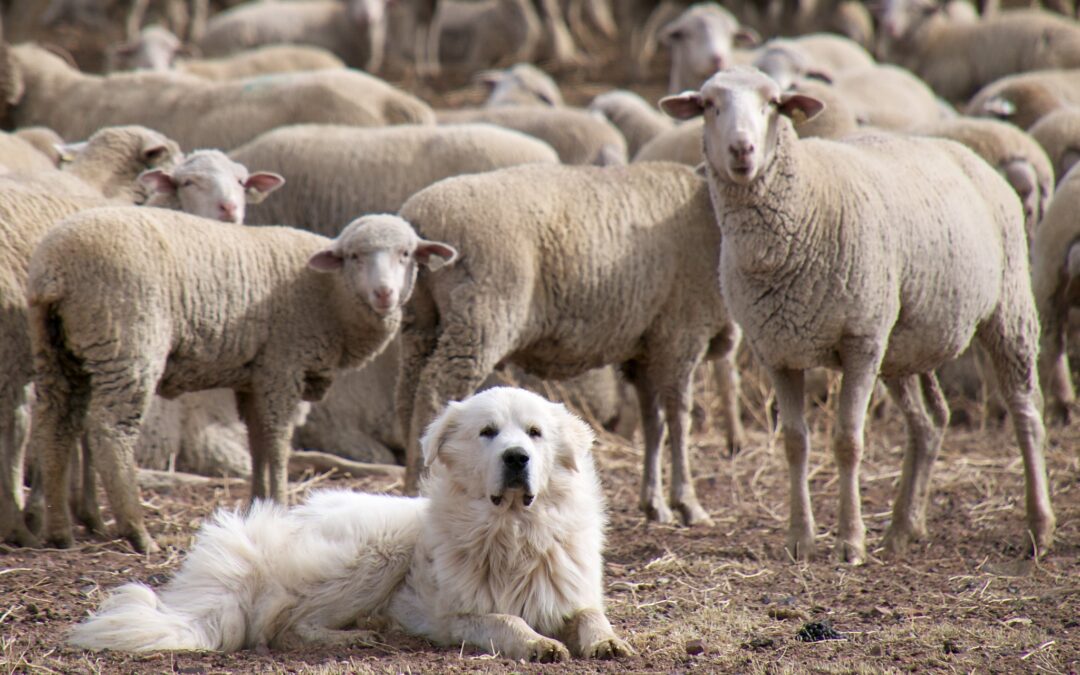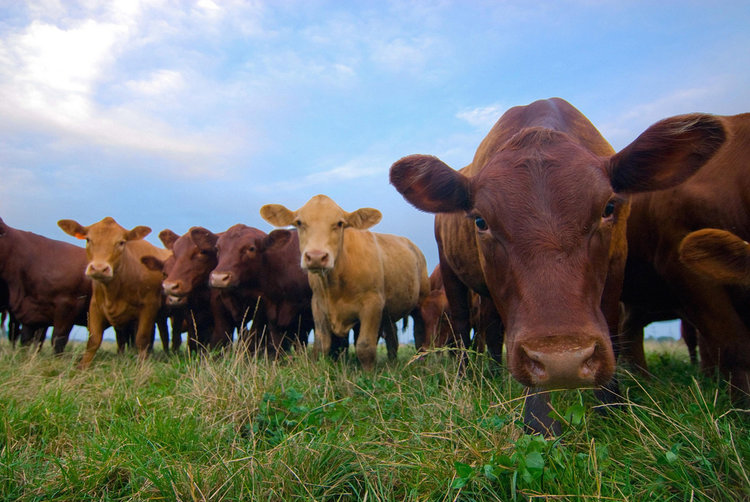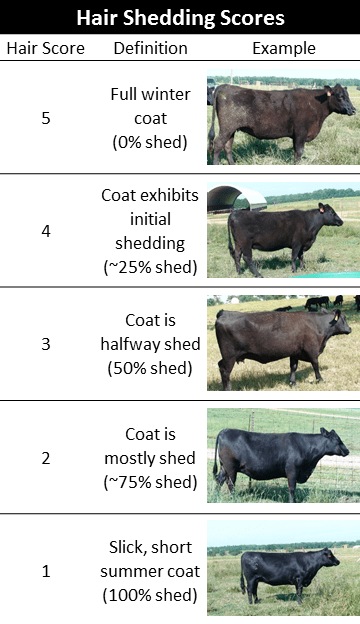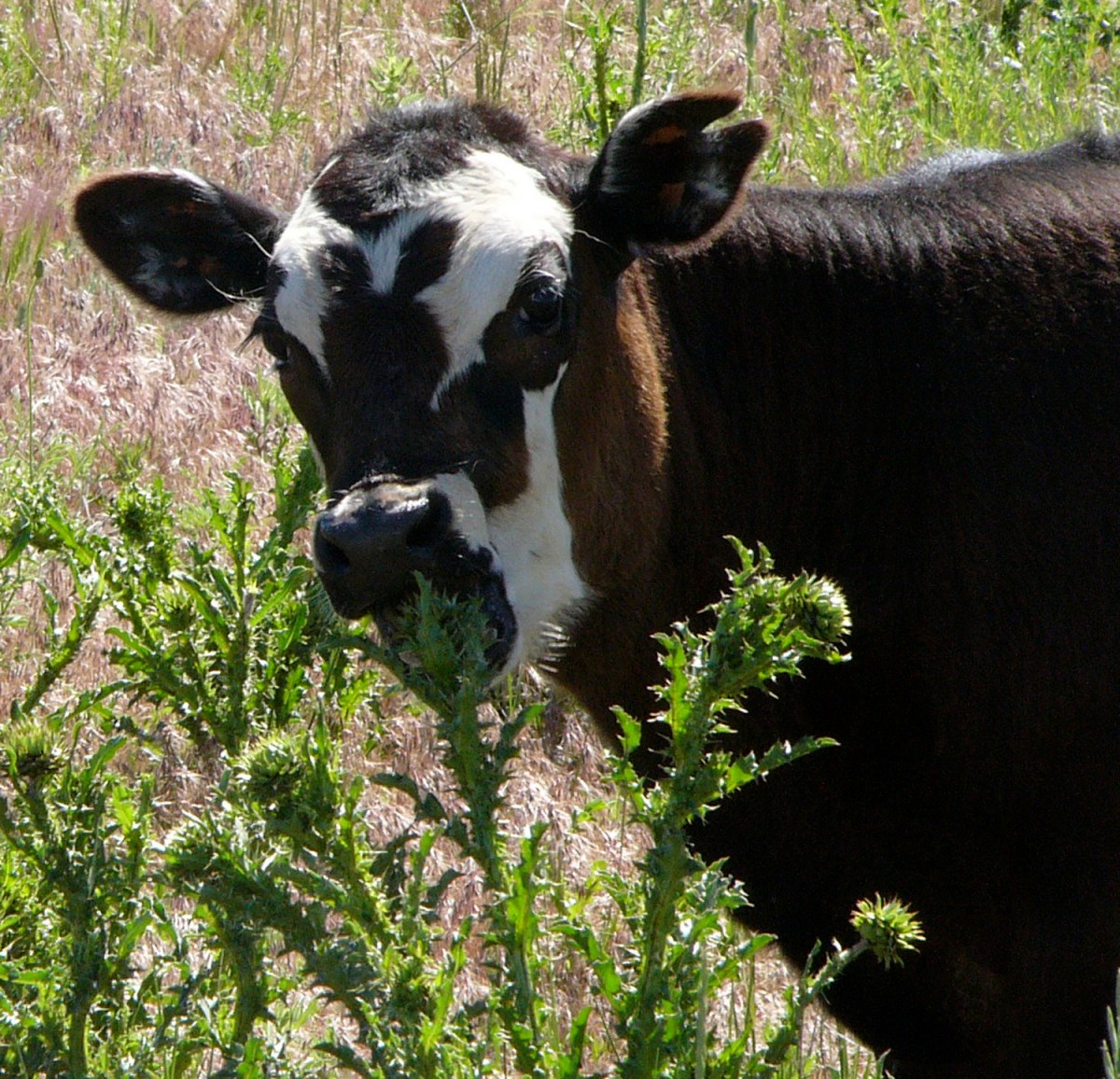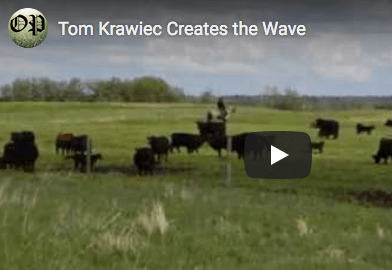Grass-Finishing Myths that Reduce Profitability

Note from Kathy: These are just three of the ten grass-finishing myths that will Greg will be covering in the Introductory/Overview session of the upcoming online Pasture-Finished Beef Workshop August 11-13 from 7-9PM ET. This is going to be a great workshop, covering topics important to anyone trying to finish beef on pasture. It will cover forages and grazing management, cattle selection, supplementation, winter management and marketing and processing. Everyone is welcome to attend and it’s free. Click here to learn more and register. Myth #1: Cattle Can Be Finished Well on Grass in 18-22 Months Greg Halich is a grass-finishing cattle farmer in Central Kentucky and an Agricultural Economist at the University of Kentucky where he works with farmers on profitability evaluation and improvement on livestock and grain farms. Current production focus areas related to livestock are grass-finished beef production, bale grazing, extended season grazing, and grazing systems. He…
Read MoreSelecting for Heat Tolerant Cattle Using Coat Shedding Scores

Want to know what temperatures might be like where you live in the year 2100? Here’s an interactive map that can show you. Just click over, then click on the map, choose your area and Ta Da! Scientists and the Farmer’s Almanac agree: this summer is going to be hotter than normal all across the U.S. and Canada. In fact, many farmers and ranchers I talk to agree that they’re seeing a trend of hotter summers over all. Everyone also agrees that heat stress reduces cattle weight gain, calf weaning weights and increases breed back failures. What we need as it gets warmer, are cattle that are better adapted to a warmer environment. Here are a couple of options for getting there. “Eared” Cattle Bos indicus cattle, like Brahman or Nelore, or Bos indicus hybrids, like Brangus, Beefmaster, Santa Gertrudis, Barford, and Simbrah, have anatomical and physiological advantages that make…
Read MoreWeed-Eating Livestock Means 43% More Forage

Here’s Kathy with some of her weed-eating trainees. Here are the training steps. Every magazine has its regular spring features, tweaked just a bit for whatever new product or idea is out that year. On Pasture is no different in that every year I remind readers that cows can eat weeds, can be every bit as good at it as goats and sheep, and when they eat weeds, you have more forage and fewer expenses tied up in fighting those invasive nuisances. Even better, weeds are often more nutritious than pasture grasses. As they mature, grasses dry and turn brown, while weeds stay green and nutritious throughout the growing season. Finally, it only takes 8 hours spread over 7 days to teach a cow to add weeds to her diet, and you do it once and you’re done! It takes more time to apply herbicide, plus you have to do…
Read MoreStraight, Open-Sided Chutes and Squeeze Chutes are Best For Cattle Handling

Editors Note: This is the fourth excerpt from Stockmanship Journal’s article “Grandin’s Approach to Facilities and Animal Handling: An Analysis” (Volume 3 Issue 1). (Click to read Part 1, Part 2, and Part 3) The authors, Whit Hibbard and Dr. Lynn Locatelli, are both practitioners and teachers of the Bud Williams school of stockmanship and are well known for helping feedlots and ranches improve their operations through Low-Stress Livestock Handling education. In this article they look at the handling facilities designed by Temple Grandin, and compare it to their experiences with good stockmanship and animal behavior. Each section begins with a summation of Grandin’s position followed with the analysis. The final article in this series will be a response from Temple Grandin. The purpose of the authors’ analysis is to encourage an exchange of ideas while analyzing, evaluating and critiquing theories and ideas in a search for better outcomes for animal handlers. They…
Read MoreThe Wave – the Secret to Keeping Calves and Lambs with Their Moms When Moving Them

Tom’s new book has all this and more. Check it out here. For the last 8-10 years I have been working on an efficient method to move new born calves and lambs from pasture to pasture. This is something that scares many people and keeps them from managing grass at the same time they are calving/lambing. Most people will have a birthing pasture that gets hammered because the animals are parked for three to four weeks. Another ‘hazard’, is that the grass in other paddocks is growing and becomes mature by the time a person starts their grazing rotation. However, there is a way to move newborns effectively and I call that method “The Wave”. You know the “Wave” from what fans do in stadiums to amuse themselves. Here’s How It Works With Livestock The first thing to do is open the gate to the new paddock. This is done…
Read MoreObserving Animal Health
One of the nice things about Management-intensive Grazing is that it gives you lots of opportunities to look at your animals and make sure they’re healthy. Here Dave Scott, retired livestock specialist at the National Center for Appropriate Technology shows you what to look for in your animals to make sure they’re healthy. It’s part of the series of videos he put together on intensive grazing. You can see the whole series here. Dave raises sheep, so he shares some health issues specific to sheep, but based on my own experience with goats and cattle, some of the same signs that a sheep is sick can also apply to goats and cattle. This is three minutes that will give you some good tips for knowing what’s up with your herd before it’s too late. Transcript: We changed the sheep into a new pasture on a daily basis and as they’re going…
Read More